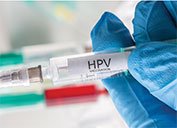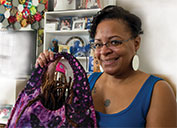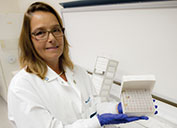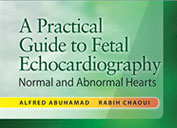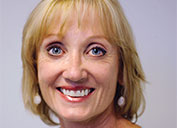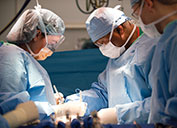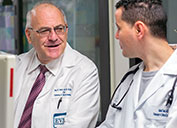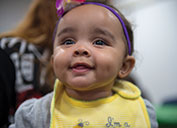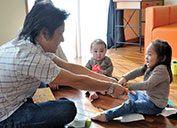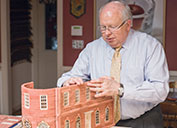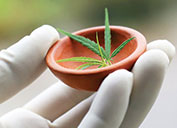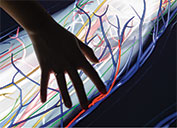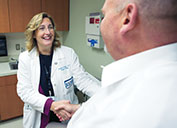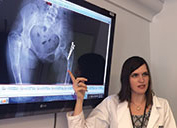Artist beats breast cancer with help from EVMS and Every Woman's Life
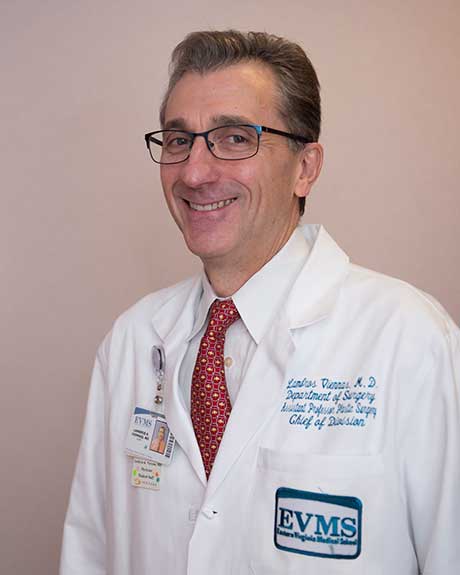
Artina Slaughter woke up in the middle of the night. She doesn't know why. But she sat up in bed and put her hand on her chest. She felt a lump.
It was probably nothing, she thought, but her sister convinced her to go to the ER.
She needed more tests, but without health insurance, she didn't think she'd be able to get them.
"I just really thought that was pretty much the end," Ms. Slaughter says. But she was referred to Every Woman's Life, a CDC-funded program in which Sentara Healthcare, Bon Secours and EVMS Medical Group collaborate to provide cancer screenings for uninsured women in Norfolk and Portsmouth. She received a free mammogram, and the program helped her qualify for Medicaid to cover treatment at EVMS.
It was there, sitting in the office of EVMS' Dr. Eric Feliberti, that she learned her lump was actually breast cancer.
"I went through several stages of grief within five minutes," she says. "I felt like I was the only person on the face of the earth to get this diagnosis."
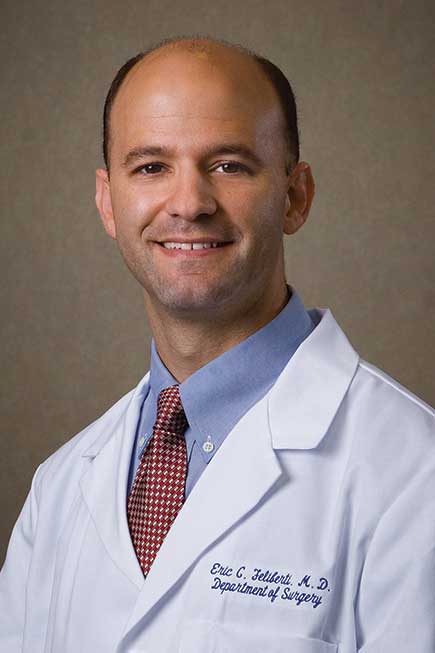
Dr. Feliberti and his nurse calmed her down. "He just has a really awesome temperament," she says. "He was so calm and sweet; it was like I was somebody he knew."
Dr. Feliberti performed Ms. Slaughter's double mastectomy, and Dr. Lambros Viennas, also of EVMS, performed her breast reconstruction. Now, after chemotherapy and three years, she is cancer free.
"I couldn't have asked for better care," she says. "I'm grateful. I was never treated any differently than anybody who had regular insurance."
Ms. Slaughter was also impressed by the EVMS students she saw and enjoyed watching them learn. "They really had a good bunch of students," she says. "It was fantastic."
During her treatment, Ms. Slaughter expressed hers feelings through her artwork. A seamstress and textile artist, she made a figure of a woman crouched in a fetal position and covered in 1920s-themed fabric that was bleached to represent the changes in her life. "I felt by myself even though I really wasn't," she says.
She also made a handbag, dyed purple and pink like bruises, hand-stitched like her surgery, and containing some of her lost hair. "It's like baggage, something you're holding onto."
It was therapeutic for her to pour her feelings into her artwork. "I was glad that I was able to express myself without being super obvious," she says. "Somebody could enjoy it for their own reasons, but I know exactly why I did it."
And she wants to remember what she went through. "I don't want to forget how fragile life is."


